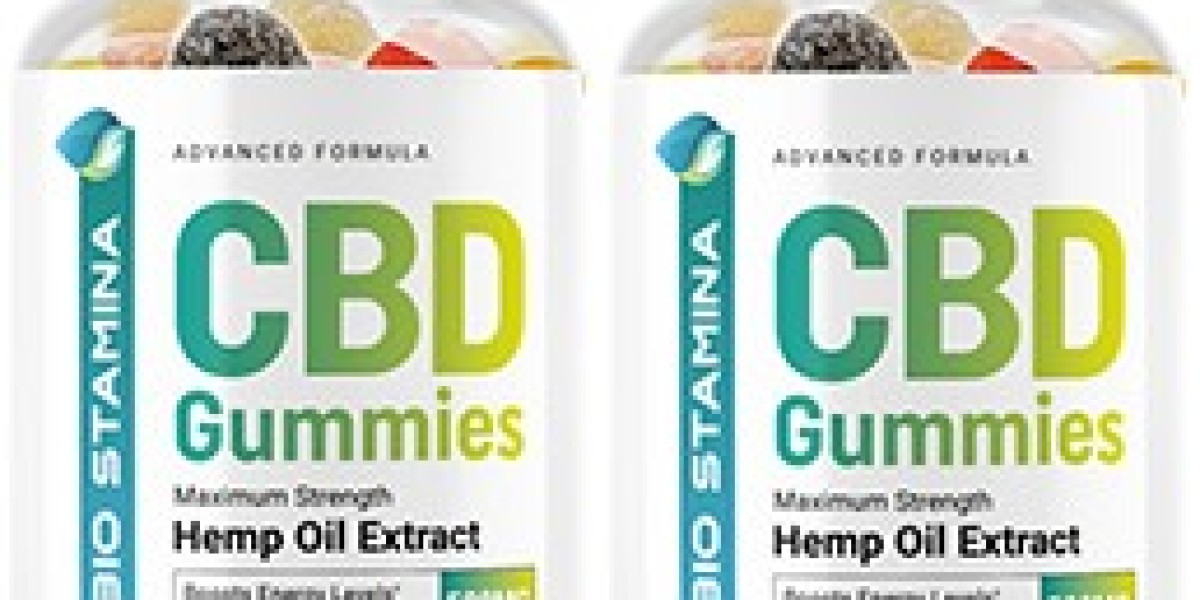The CBD vape juice market has experienced significant growth, driven by increasing consumer demand for wellness products. However, as the industry continues to expand, the regulatory landscape remains complex and varies across regions. Regulatory changes will play a crucial role in shaping the market's future, impacting manufacturers, distributors, and consumers. This article explores the current regulatory environment and potential future developments in the CBD vape juice market.
Current Regulatory Landscape
The legal status of CBD products, including vape juice, differs from country to country and even within regions of the same country. In many parts of the world, CBD remains a relatively new and emerging product category, which has led to a patchwork of regulations. Below is an overview of the regulatory landscape in some key regions.
United States
In the United States, CBD products are legal at the federal level as long as they contain less than 0.3% THC, according to the 2018 Farm Bill. However, the Food and Drug Administration (FDA) has not yet fully regulated CBD in consumer products, particularly those intended for vaping. The FDA has expressed concerns about the safety of vaping products, including CBD vape juice, and has issued warnings to companies making unverified health claims. Despite this, many states have passed their own regulations, either permitting or restricting the sale of CBD products.
Some states have stricter rules, such as requiring CBD vape juice to undergo third-party testing, while others have imposed restrictions on the types of products that can be sold. The lack of uniformity in state regulations presents challenges for manufacturers and distributors trying to navigate the market.
European Union
In the European Union (EU), CBD is legally considered a novel food, and its use in food and drink products requires approval from the European Food Safety Authority (EFSA). While CBD vape juice is not explicitly banned, its sale and marketing are subject to the EU’s General Food Law Regulation, which ensures that products are safe for consumption and properly labeled. The European Medicines Agency (EMA) has also issued guidelines for the use of CBD in medicinal products, making it crucial for manufacturers to comply with regulations to ensure market access.
Canada
In Canada, CBD is regulated under the Cannabis Act, which governs the production and sale of cannabis and cannabis-derived products. CBD vape juice is legal, but it must adhere to strict regulations concerning labeling, packaging, and marketing. The sale of CBD vape juice is restricted to licensed retailers, and products must undergo rigorous testing to ensure quality and safety.
Asia and Other Regions
In Asia and other regions, the regulatory environment for CBD products, including vape juice, varies widely. Countries like Japan and South Korea have more restrictive policies regarding CBD, while other markets, such as Thailand, are beginning to embrace cannabis-related products. As the market for CBD products expands globally, regional regulators will continue to shape the industry’s development and growth.
Challenges in Regulatory Compliance
Manufacturers, distributors, and retailers face significant challenges in complying with a fragmented and constantly evolving regulatory environment. Key challenges include:
Lack of Standardization: The absence of clear and consistent global standards for CBD products, including vape juice, creates uncertainty for businesses. Manufacturers must navigate varying labeling, packaging, and product testing requirements, which can complicate international trade and distribution.
Health and Safety Concerns: The FDA and other regulatory bodies have expressed concerns about the safety of CBD vape juice, especially related to vaping in general. Research into the long-term health effects of vaping CBD is still ongoing, and regulators may impose stricter guidelines as more information becomes available.
Advertising Restrictions: Many jurisdictions place limits on how CBD products can be advertised, particularly when it comes to health claims. This limits the marketing potential for CBD vape juice and requires companies to ensure compliance with advertising standards to avoid penalties.
Third-Party Testing and Transparency: Regulatory authorities increasingly require that CBD products undergo third-party testing for quality and safety. Brands must ensure transparency by providing access to lab results and certifications that prove their products meet regulatory standards.
Future Regulatory Developments
As the CBD vape juice market continues to grow, several developments are expected to shape the regulatory landscape:
1. Stricter Regulations on Vaping Products
As concerns about the safety of vaping continue to rise, regulatory bodies may impose stricter guidelines for the sale of CBD vape juice. This could include requirements for product testing, ingredient transparency, and restrictions on the use of certain additives or chemicals in vape juice formulations. The FDA and other regulatory agencies are likely to increase oversight of the industry, particularly in response to public health concerns.
2. Global Harmonization of CBD Regulations
As the CBD market expands globally, there is growing momentum toward creating harmonized regulations for CBD products. This could involve the establishment of international standards for quality control, product labeling, and safety testing. A more standardized regulatory framework would make it easier for manufacturers and distributors to enter new markets and navigate existing ones.
3. Increased Focus on Consumer Safety
Regulators are expected to prioritize consumer safety as research into the effects of CBD vaping progresses. This may lead to the introduction of stricter labeling requirements, including warnings about potential health risks. Regulators may also set limits on the potency of CBD products to ensure safe consumption.
4. Expansion of Market Access
As the acceptance of CBD continues to grow, more regions are likely to loosen regulations surrounding CBD products. For example, more countries and states may legalize CBD, making it easier for manufacturers and distributors to expand into new markets. This could significantly boost the growth of the CBD vape juice market globally.
Final Thoughts
The regulatory landscape for the CBD vape juice market is still evolving, with both opportunities and challenges for manufacturers, distributors, and retailers. As the market grows, regulators are expected to introduce more stringent rules to ensure consumer safety and product quality. To stay ahead in this dynamic market, businesses must stay informed about regulatory changes and ensure compliance with local and international standards. By doing so, they can build trust with consumers and position themselves for long-term success in the CBD vape juice industry.







